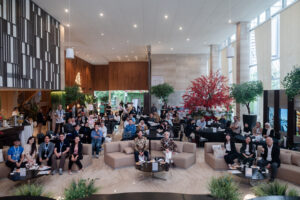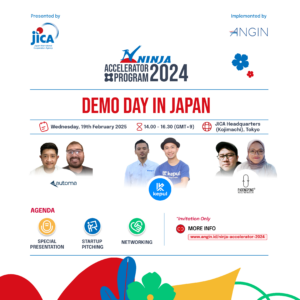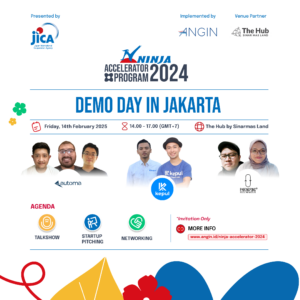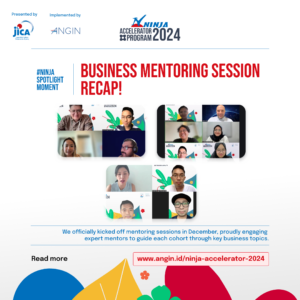[et_pb_section bb_built=”1″ admin_label=”section” transparent_background=”off” allow_player_pause=”off” inner_shadow=”off” parallax=”off” parallax_method=”off” padding_mobile=”off” make_fullwidth=”off” use_custom_width=”off” width_unit=”on” make_equal=”off” use_custom_gutter=”off” custom_padding_tablet=”50px|0|50px|0″ custom_padding_last_edited=”on|desktop”][et_pb_row background_position=”top_left” background_repeat=”repeat” background_size=”initial” _builder_version=”3.0.75″][et_pb_column type=”4_4″][et_pb_post_title admin_label=”Recap: Sankalp Southeast Asia Summit 2017″ title=”on” meta=”on” author=”on” date=”on” categories=”on” comments=”off” featured_image=”off” featured_placement=”below” parallax_effect=”on” parallax_method=”off” text_color=”dark” text_background=”off” module_bg_color=”rgba(255,255,255,0)” border_style=”solid” _builder_version=”3.0.75″ background_color=”rgba(255,255,255,0)” parallax=”on” /][/et_pb_column][/et_pb_row][et_pb_row][et_pb_column type=”4_4″][et_pb_image _builder_version=”3.0.75″ src=”//angin.id/wp-content/uploads/2017/09/FullSizeRender3.jpg” show_in_lightbox=”off” url_new_window=”off” use_overlay=”off” always_center_on_mobile=”on” border_style=”solid” force_fullwidth=”off” show_bottom_space=”on” /][/et_pb_column][/et_pb_row][et_pb_row admin_label=”row” background_position=”top_left” background_repeat=”repeat” background_size=”initial”][et_pb_column type=”4_4″][et_pb_text admin_label=”News Content” background_layout=”light” text_orientation=”justified” background_color=”#f9f9f9″ border_style=”solid” custom_padding=”20px|20px|20px|20px” background_position=”top_left” background_repeat=”repeat” background_size=”initial” _builder_version=”3.0.75″ saved_tabs=”all” background_blend=”lighten”]
Intellecap Advisory Services organized the third Sankalp Southeast Asia Summit in Jakarta on Sept 19-20. In this two-day summit, there were several panel discussions, training, and networking session held for impact investment and social entrepreneurship enthusiasts; coming from impact investors, foundations, development agencies, to social enterprises. Below are several key takeaways we got from the event.
Workshop: Corporate Social Partnership
Are you social enterprise (SE) seeking potential partnership with corporate or government? How to get them interested? Or, are you corporate or government seeking for Corporate Social Partnership? What kind of partnership should you pursue?
There are 5 core values that corporate and government recognize in partnership, they are
- Resilient operations: How does the partnership strengthen current value chain?
- New segments: How will this partnership open up a new market channel?
- Inclusive innovation: What kind of innovation can be created for the purpose of inclusion (social, economic, …)?
- Alternative channels: Are there any untapped channel that can maximize corporate sales performance?
- Beloved brands: How will this partnership increase the brand equity of the corporate or government?
Panel Discussion: Blended Finance to Mobilize Capital for Women’s SMEs
According to Bob Webster (Managing Director of SEAF), there are mainly 3 buckets, in which public money (e.g. foundations, development agencies) can play a role in a blended finance structure:
- Concessionary (first-loss): to convince and comfort private investors in a risky investment
- Technical assistance: grant money for on-the-ground support, such as capacity building
- Operating cost: transaction cost can be high in many countries; hence demotivate private investors to jump in. Grant coverage from public money can encourage private investors to pursue these investments
Participating in a blended finance structure is quite a new thing for many foundations. Mari Kogiso (Director of The Sasakawa Peace Foundation) mentioned that one of the challenges to attract foundations in blended fund structure is often the unclear expected social returns. Foundations are used to the conventional way of providing grants directly to social projects (hence, the social returns are clear and easier to track).
In regards to why there are limited number of female in investment space (from both impact investor and fund-able social enterprise side), Tom Schmittze (Uberis Capital) emphasized the need of curing the cause, not the symptoms. In this case, if there is a limited number of qualified female talents and investable entrepreneurs, Tom believed that what needed is an investment in women education.
Workshop: Building Competitive Edge in Market through Entrepreneurial Marketing Canvass
Jacky Mussry from MarkPlus outlined a marketing strategy and how businesses shouldn’t confuse themselves between the boundaries of marketing and sales. Instead, they need to look at marketing and sales as an interlinked effort.
A PDB framework (Positioning, Differentiation, Brand) was uttered as the key essence in strategic competitiveness. In today’s competitive outlook, businesses need to be aware of any changes occurring in the market and how will it affect both customers (reactions) and competitors (behavior changes), and how can the company comes up with a respond and adapt strategy.“For (target audience), (brand name) is the (frame of reference)that delivers (point of differentiation)because only (brand name)is (reason to believe or competitive edge)”
It is best and advised for businesses to be able to analyze their own competitive outlook, where it will be useful to create the positioning statement. The structure of a positioning statement is as follows:
“For (target audience), (brand name) is the (frame of reference)that delivers (point of differentiation)because only (brand name)is (reason to believe or competitive edge)”
In differentiating your business or brand. A clear core tactic is needed that will include a comprehensive marketing mix plan. The brand image, then, can only occur when these previous two dimensions have been defined and implemented.
[/et_pb_text][/et_pb_column][/et_pb_row][/et_pb_section]




